Chilperic
Posts: 964
Joined: 3/21/2010
Status: offline

|
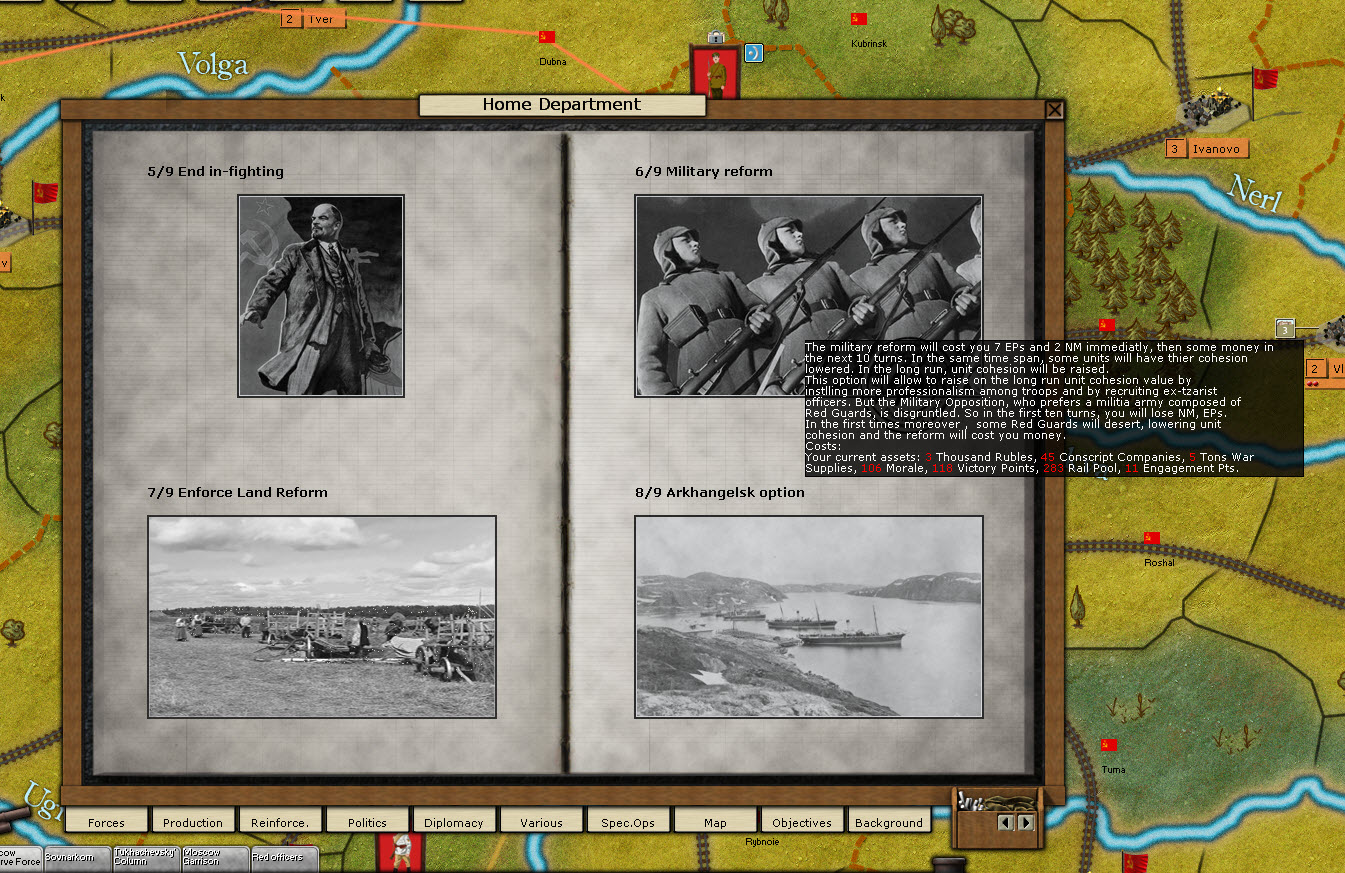
Red units start for the most part with very low cohesion level . The ďproletarians, To Red AAR (6)Ē episode is demonstrating how unreliable a large Red force may show itself when faced by elite units inferior in number.
The option, representing the primacy of Trotskyís ideas on Military Opposition emphasizing Red Guards militia, will raise randomly each turn experience of some Red units. Moreover, some leaders will be available only after the option is adopted ( these leaders being the infamous Ē Military SpecialistsĒ Trotsky imposed over reluctant Bolshevik ranks). This option has a cost, immediately in NM and EPs, then randomly from time to time, representing recurrences of bickerings againstTrotskyís reform.Last, it will cost during a few turns money and conscript losses, money figuring the organization cost, conscripts the desertion of some Red Guards preferring to strong discipline and real combat operations the civil lifeÖLast, in the same first turns after, the cohesion of some Red units will lower, yes, lower to represent immediate turmoil in the units because of the controversy.
Another new touch of historicity, and at start more brittle Red units, and an option to play without being a no brainer as the moment will be crucial. Letís say this option must be played sooner or later, but it could cause immediate headaches for only future goodÖ
Red military reform option and the Fatal Years design
The military reform initiated by Trotsky is hard to simulate.
Not for the effects, ie better quality for Red units. Thatís simple.
Whatís difficult is such an event is a no-brainer. Which player will play without a full game? Whatever the cost of the option, any Red player will try to enforce it soon.
Giving a very high cost is detrimental for balancing, as much resources will be devoted to fulfill the conditions, and anyway it doesnít feel right. After all, most of the negative effects caused by a great cost were created by the reform rather than the contrary. Bolsheviks were divided about this reform for ideological and personal reasons ( Trotsky being unpopular), but the crude truth was a reform was necessary and I bet it would have been done anyway a few months later, even if Trotsky hadnít existed or if he has lost this political struggle.
So the option must be playable quickly, during the first turn. It must yet be a player choice, because an automated upgrade of units doesnít fulfill the game axiom, which is youíre Lenin when youíre playing Reds, or the Politburo. For the sake of simulation, this remains a choice you have to make.
Thatís more. We know, in retrospect , the reform was necessary and did much for the Red success. neither Lenin, Trotsky, Stalin did known. They faced the unknown and some of the arguments of the Military Opposition werenít worthless. To simulate the conditions of this critical choice of the military reform, Fatal Years must reintroduce some of the uncertainty Politburo was confronted.
Hence the choice of negative then positive random consequences of the military options. You know the reform will reinforce your units, but you ignore exactly at which cost in NM, other penalties.
Once the option chosen, you have to cope with possible harsh results. The plan isnít perfect as in real life. At least, each game will be different.
Large or small Army?
Bolsheviks had the choice to build either a rather small but full equipped and trained Army, or a larger one, whose a large part would be barefoot and poorly trained. They did the latter, for many reasons.
One nice side effect of the Fatal Years Military option for Red is to allow player to choose between these 2 military policies.
Each turn, a random number of units are upgraded once the military option is chosen. So, the chance for a unit to be upgraded is tied to the whole number of Red units. The less units, the greater the chances.
So, without any supplementary rule, the chain of events composing the option is recreating perfectly the 2 possible outcomes.
_____________________________
|
 Printable Version
Printable Version

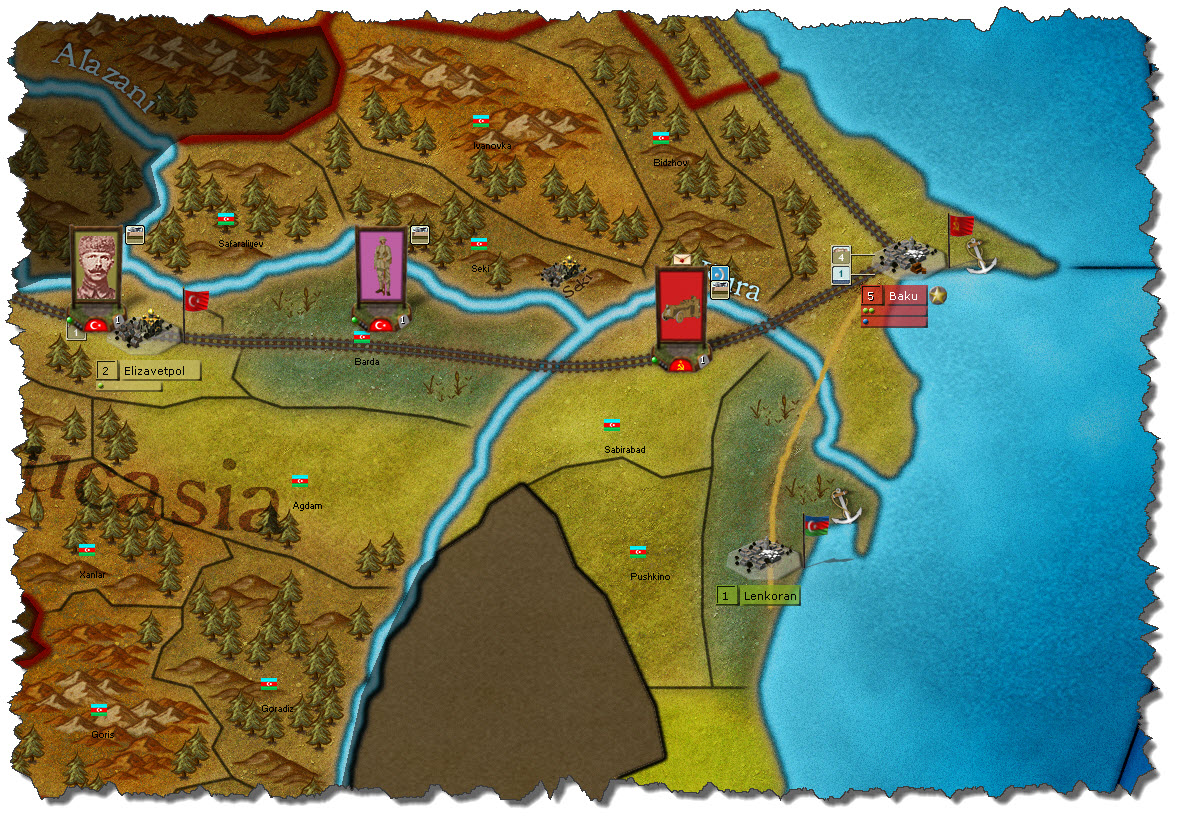






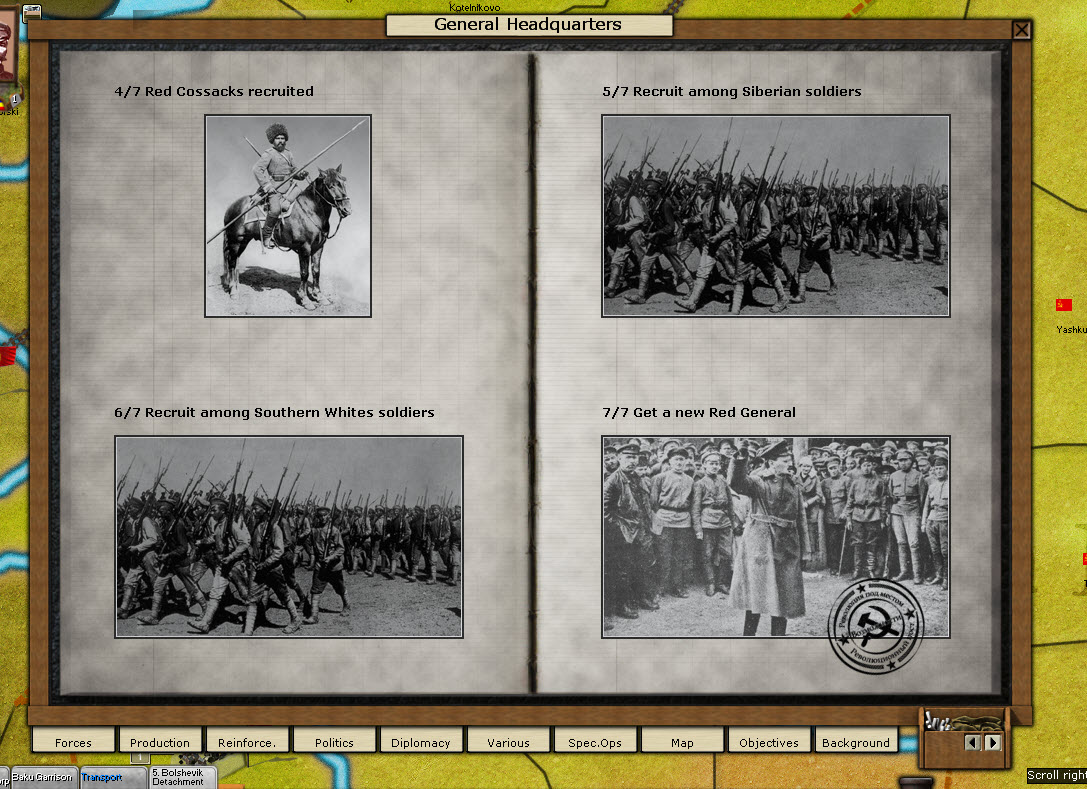
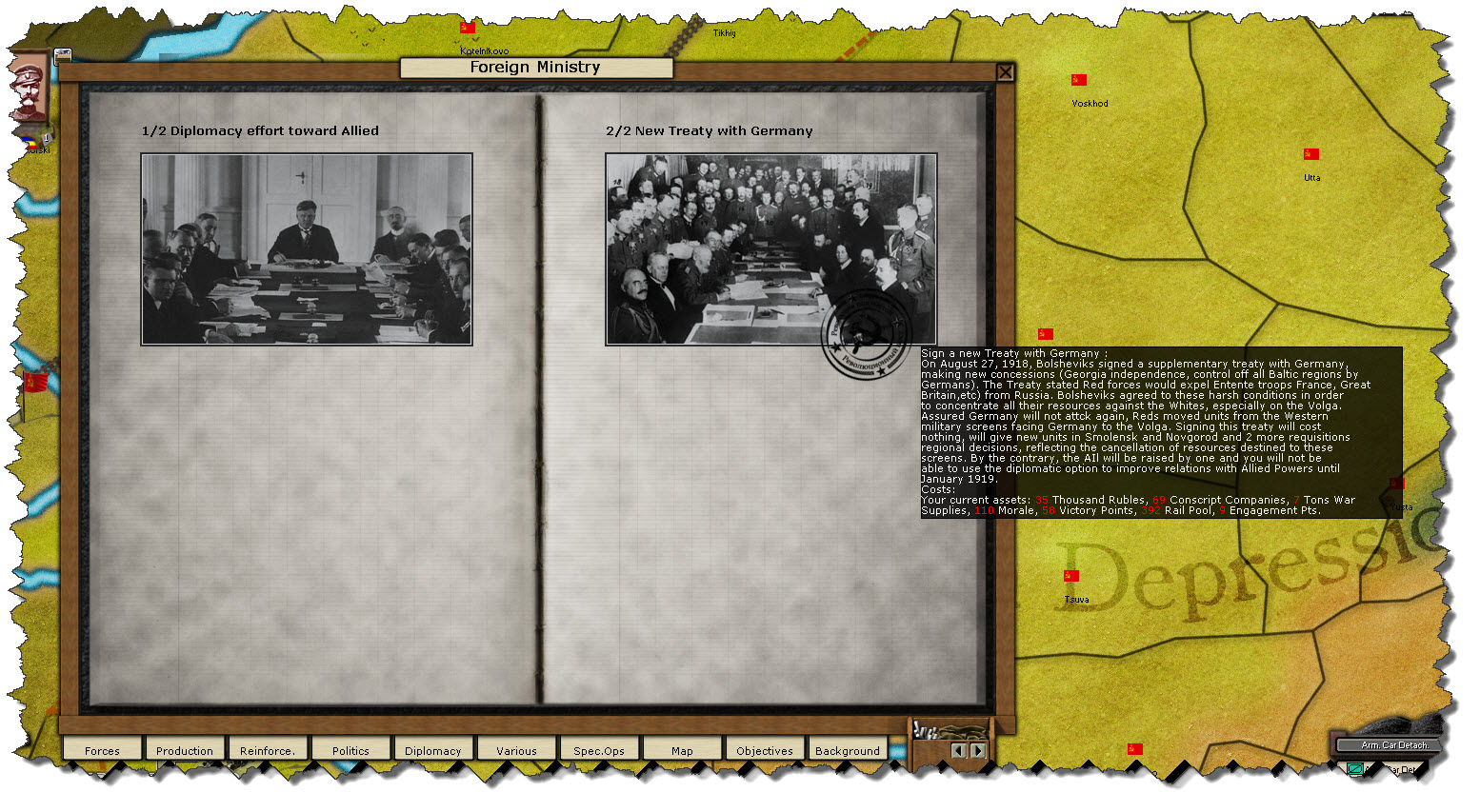
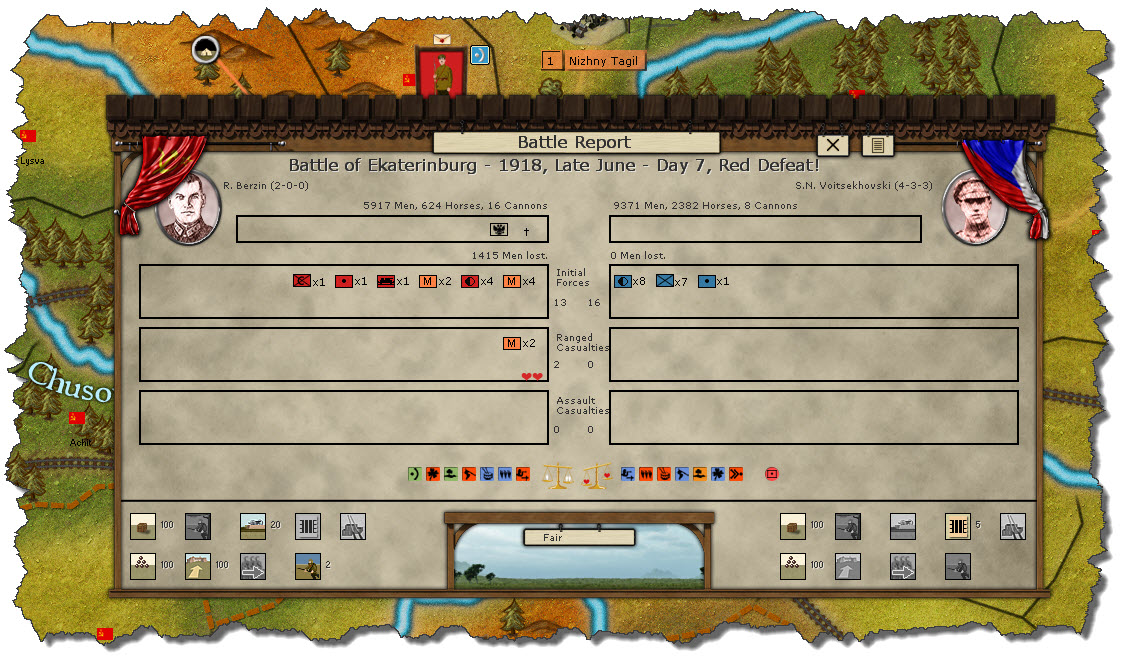
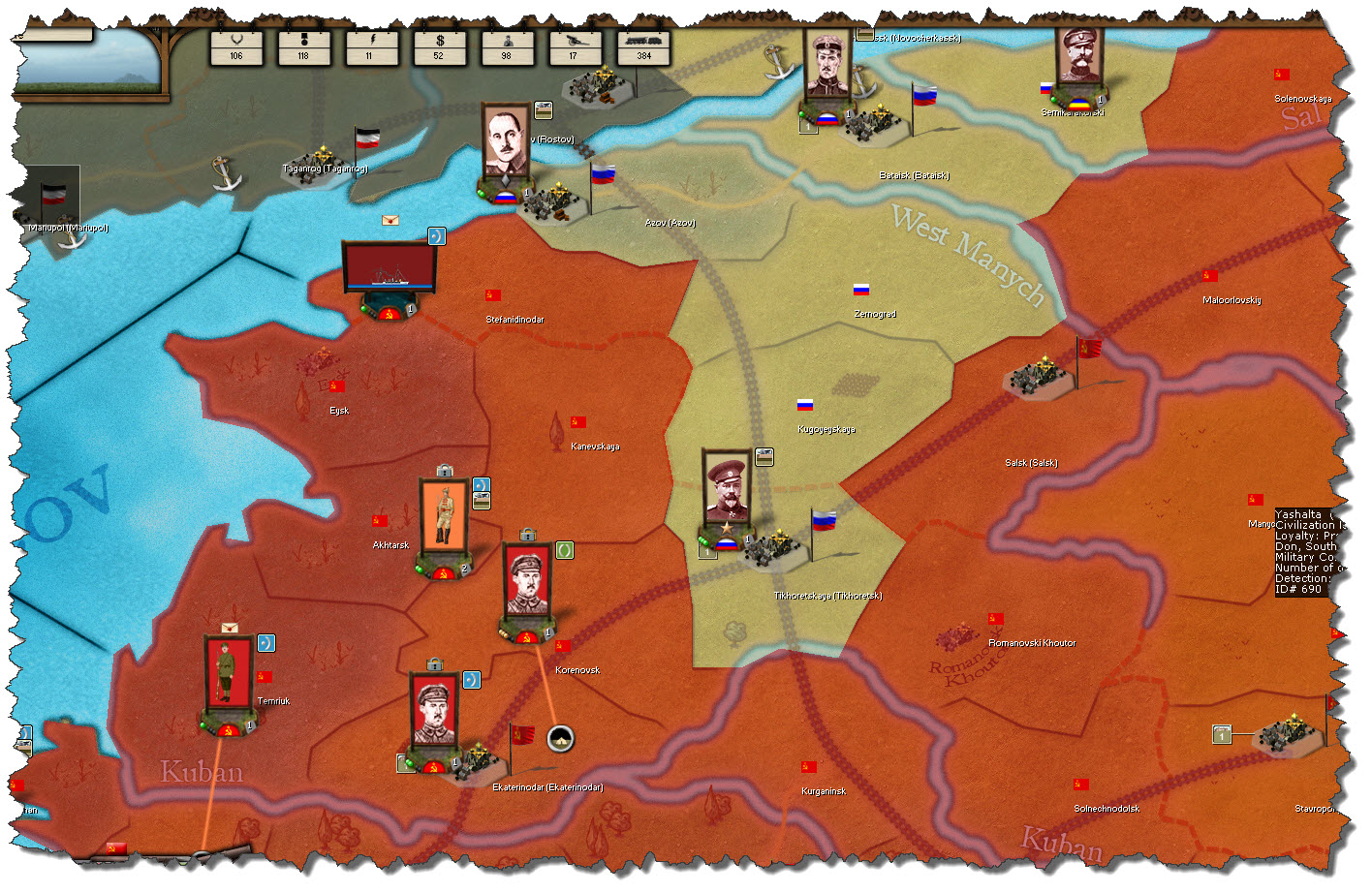
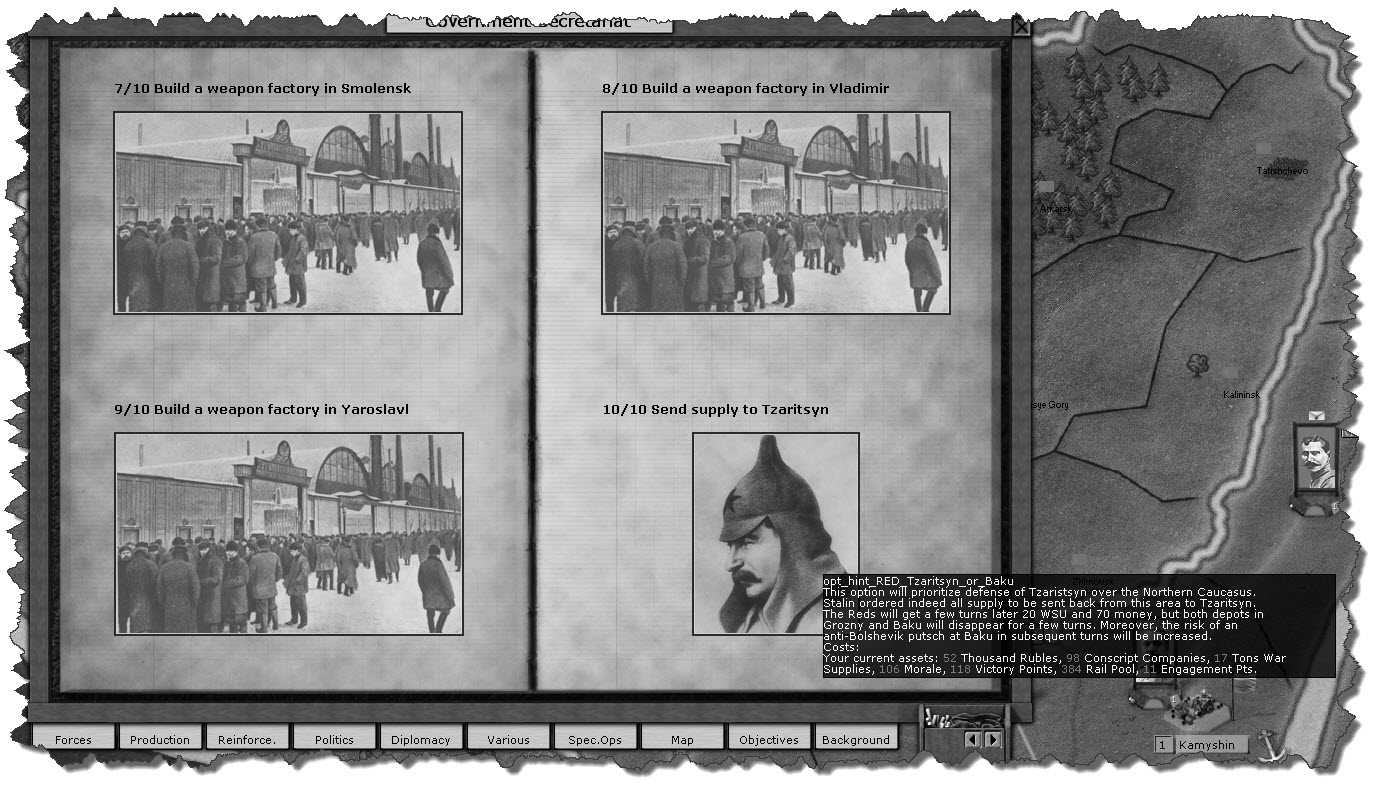
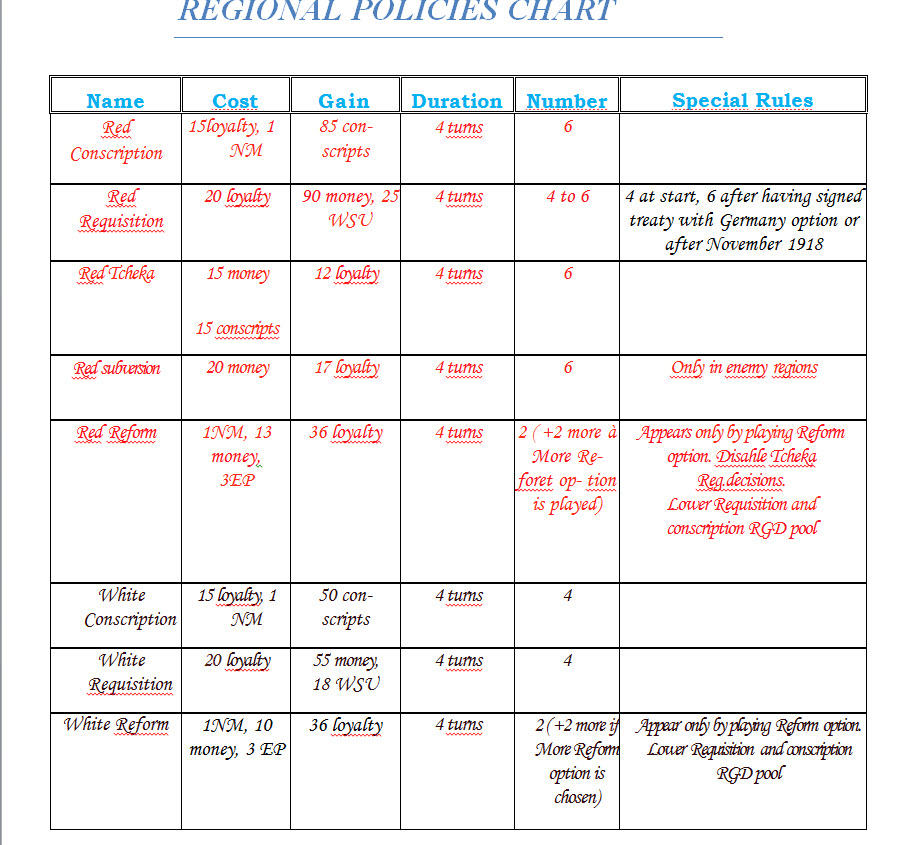

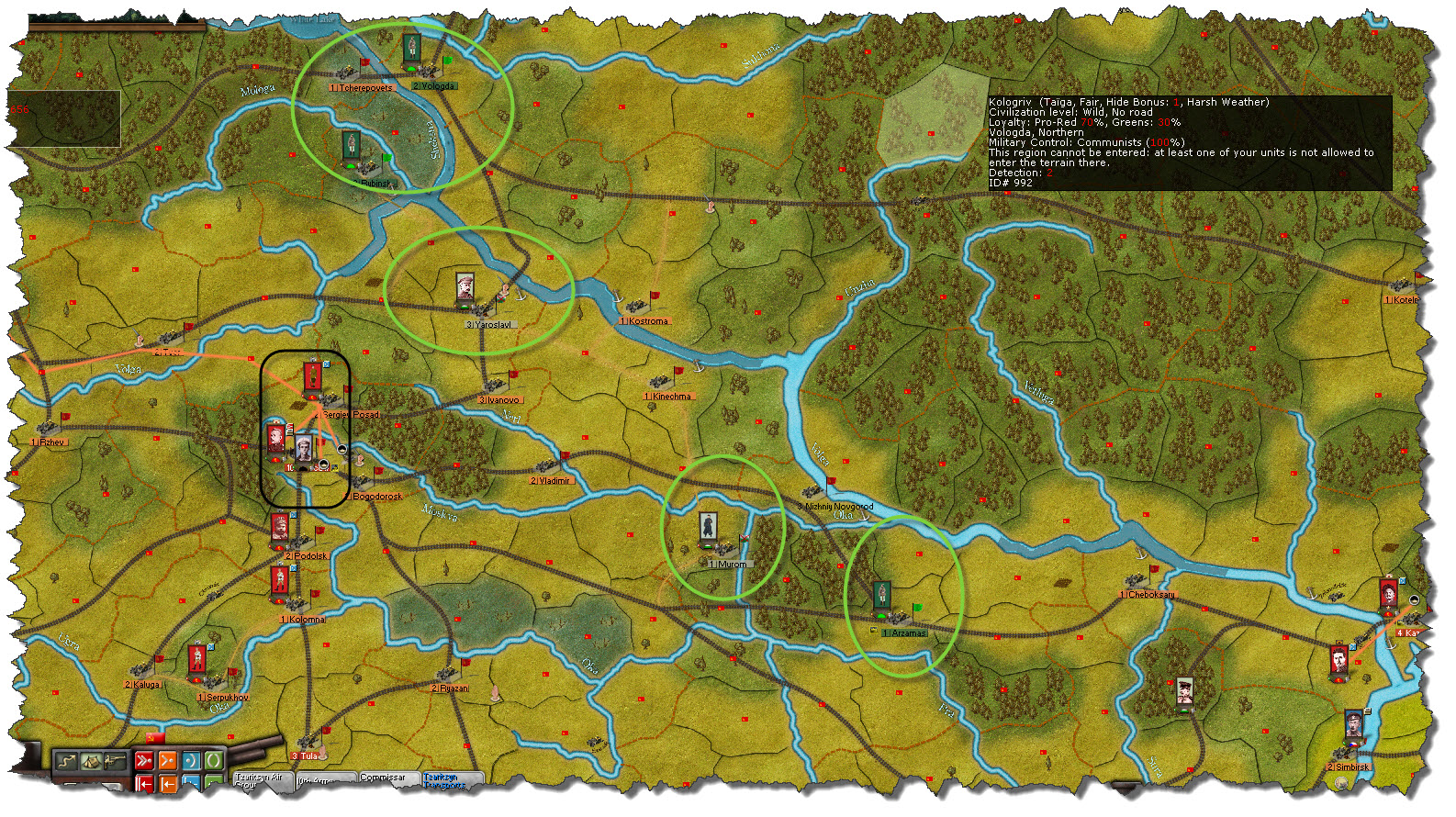
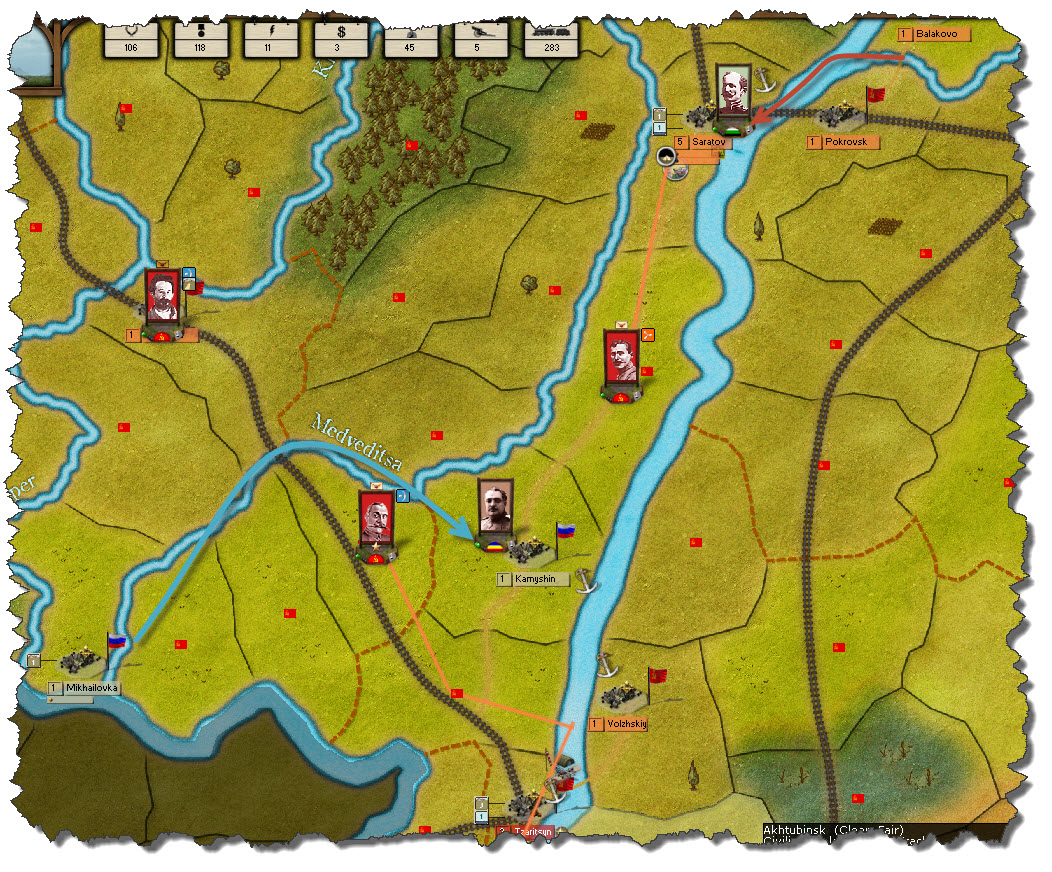


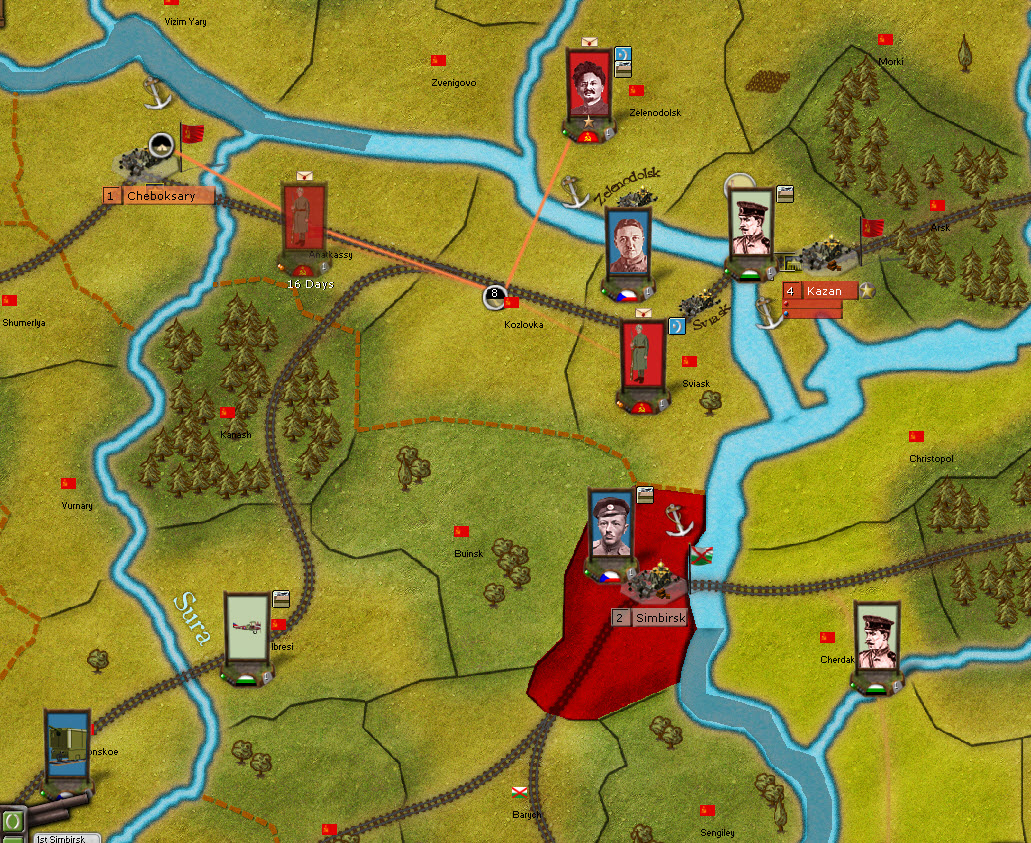
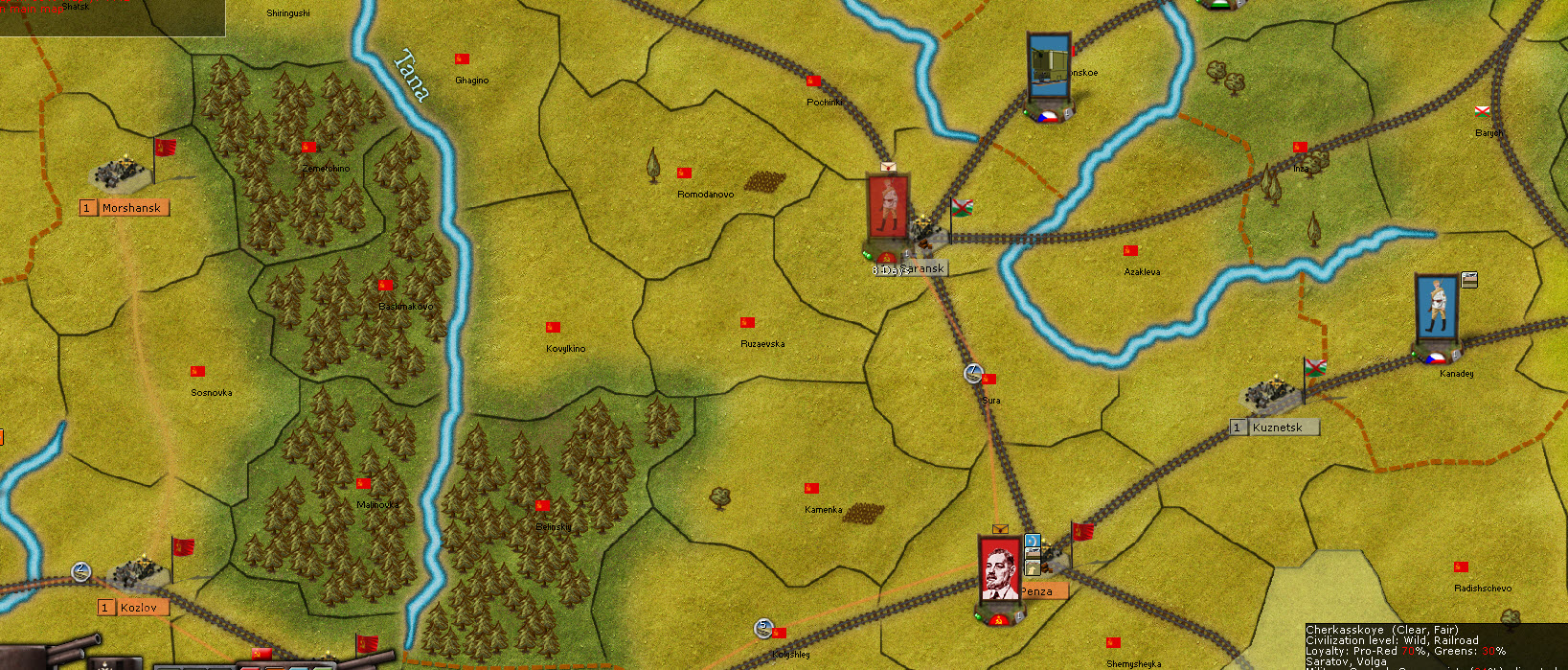
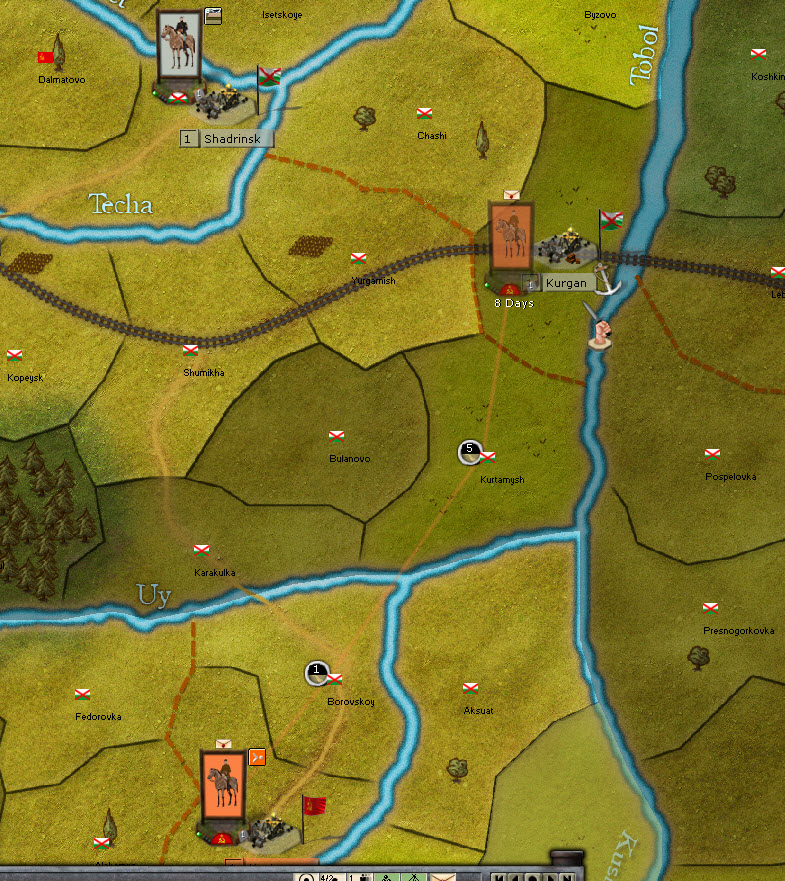
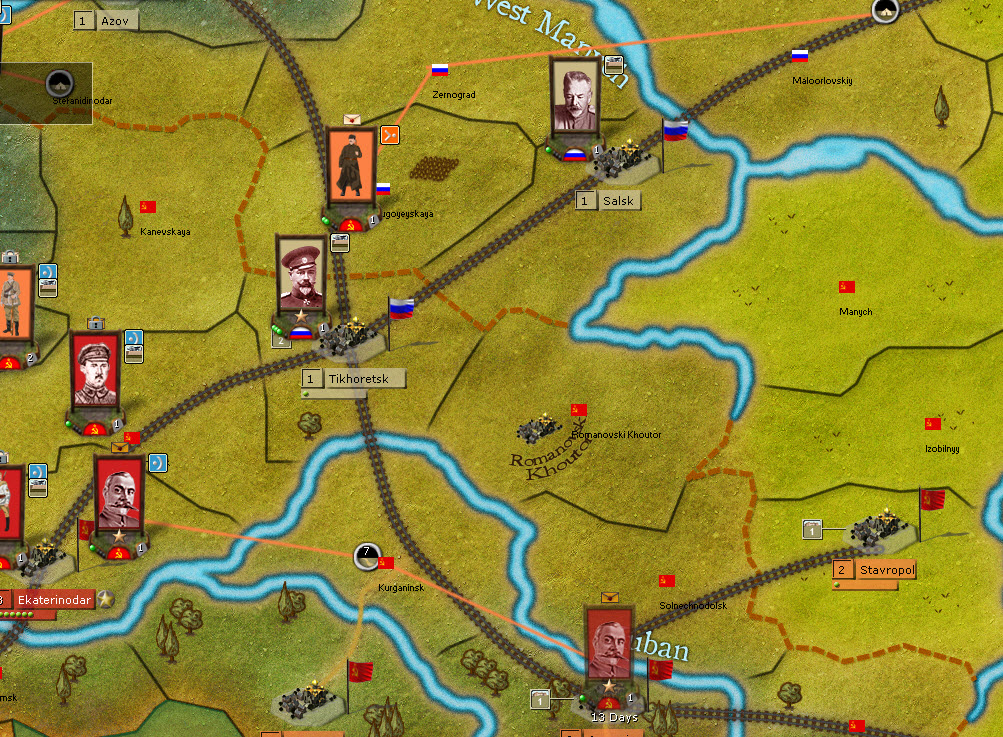
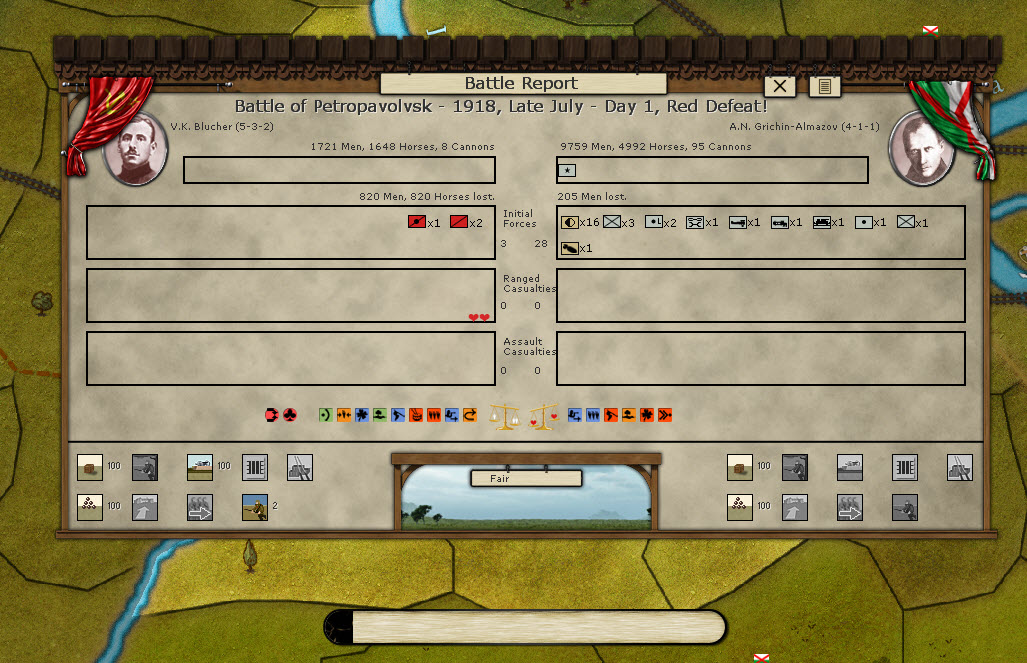
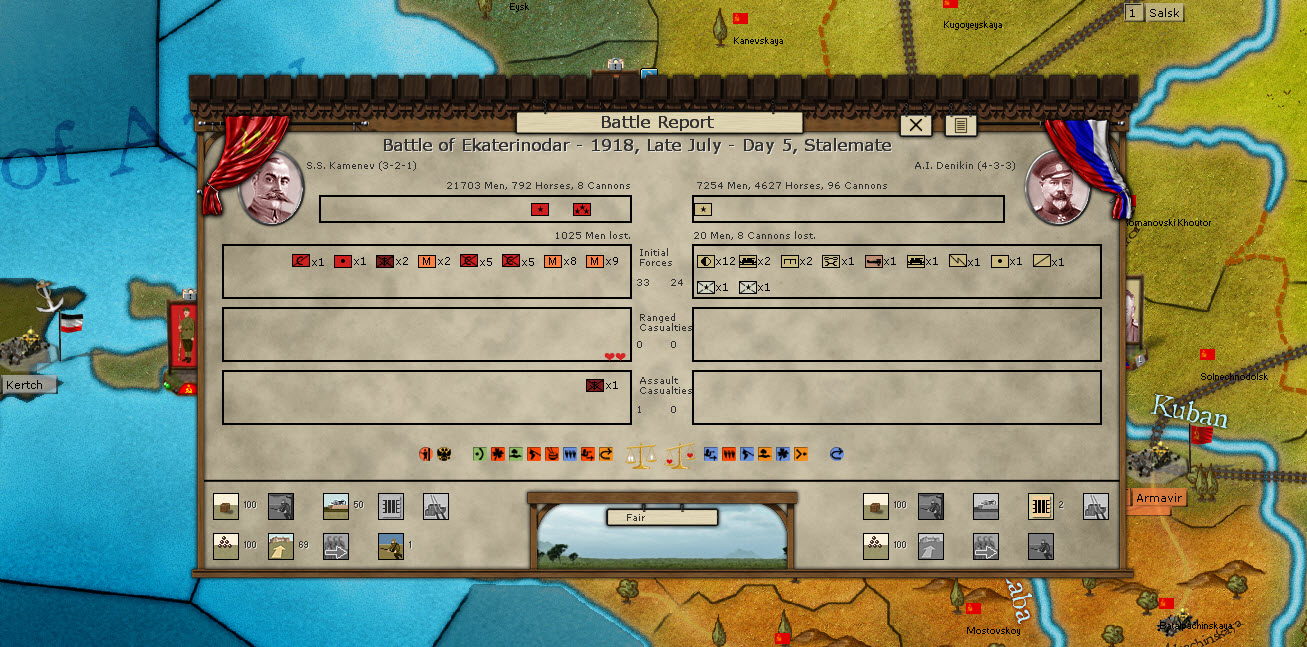
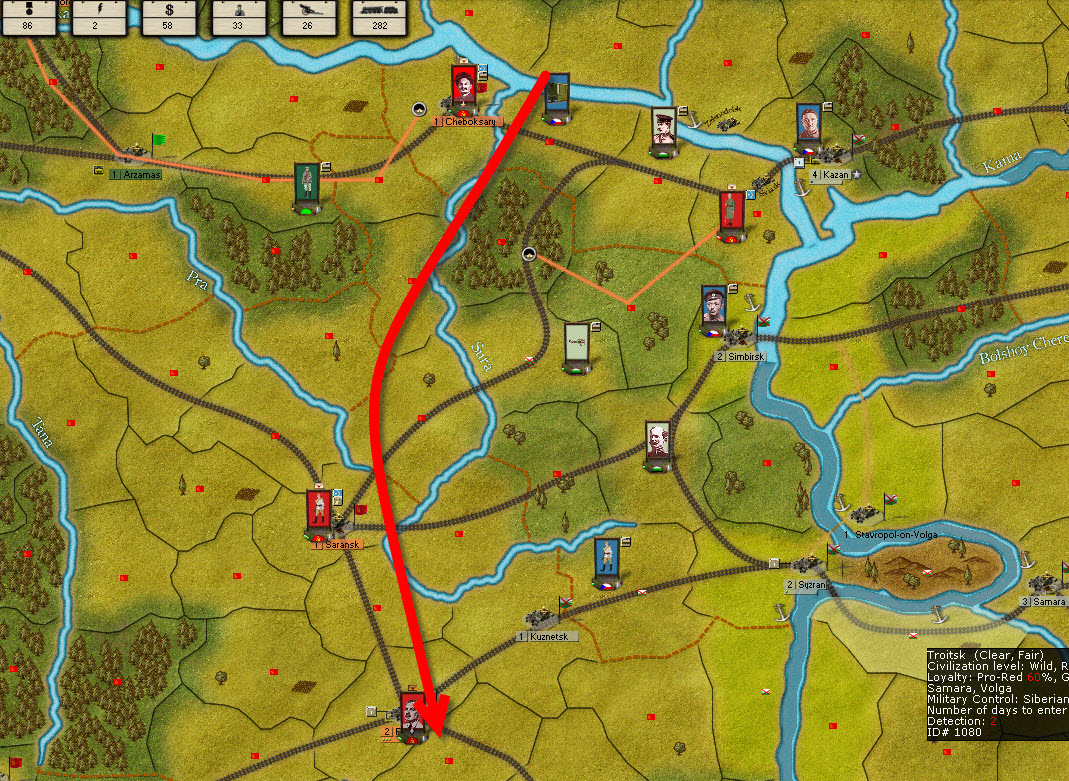
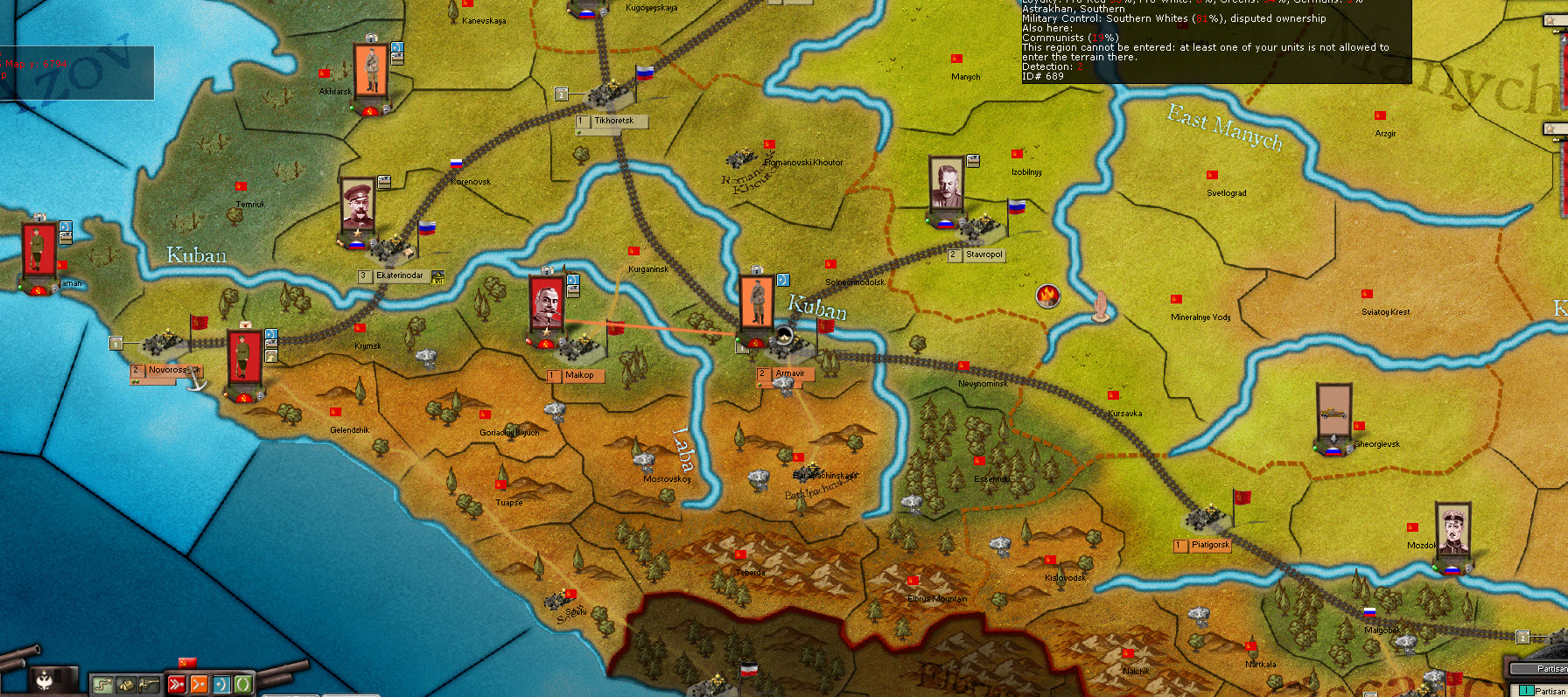
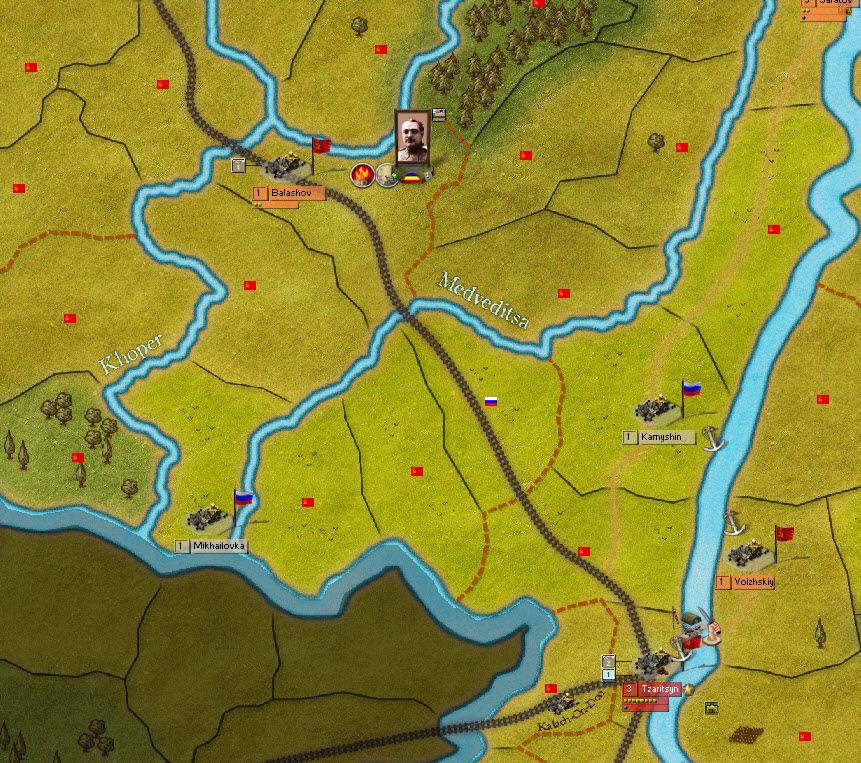


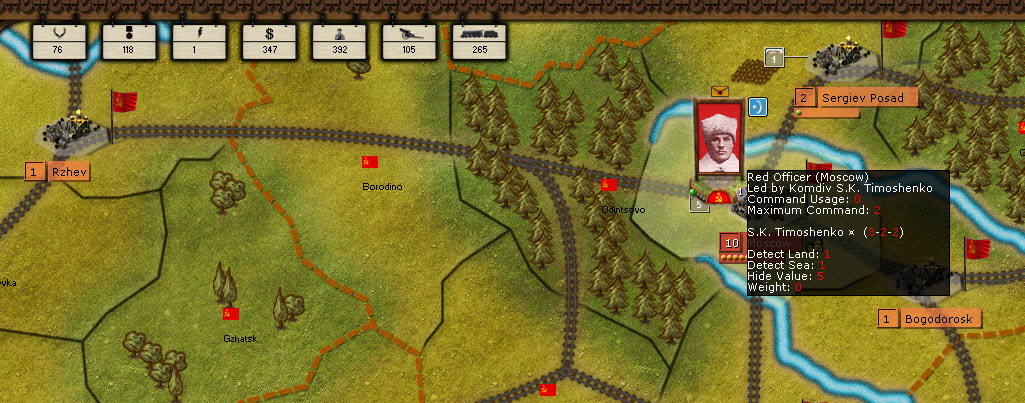
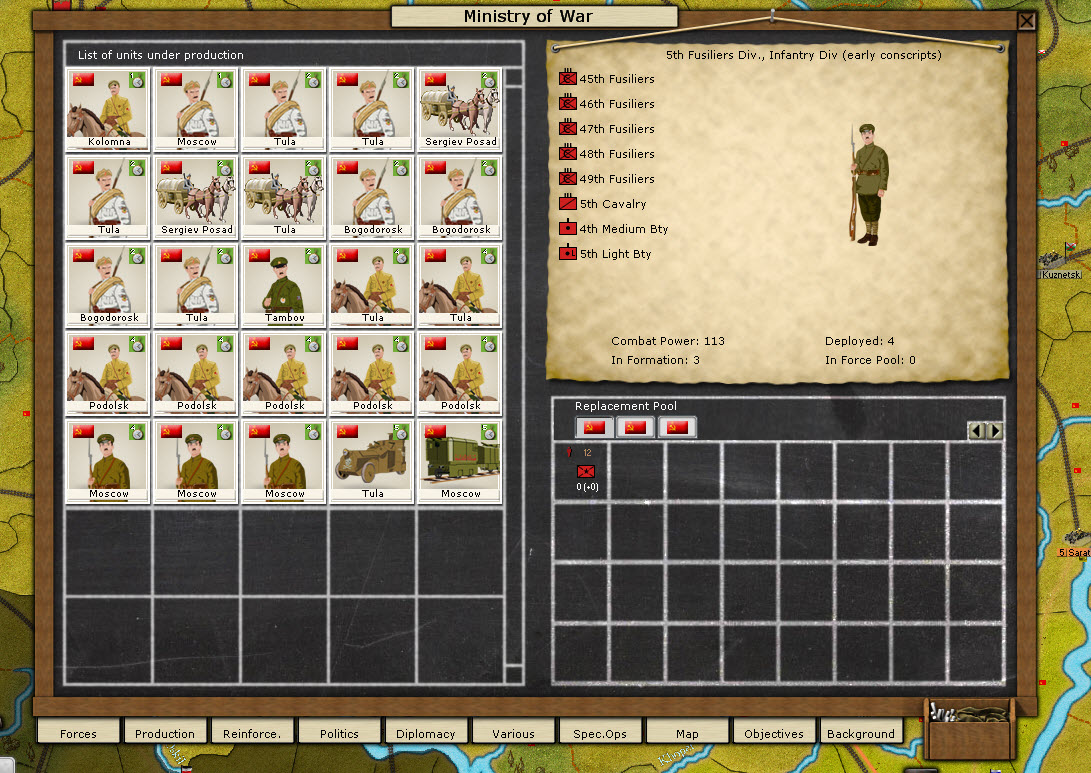
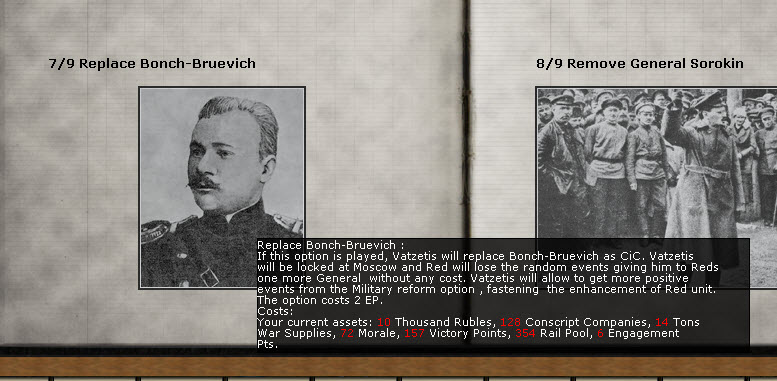
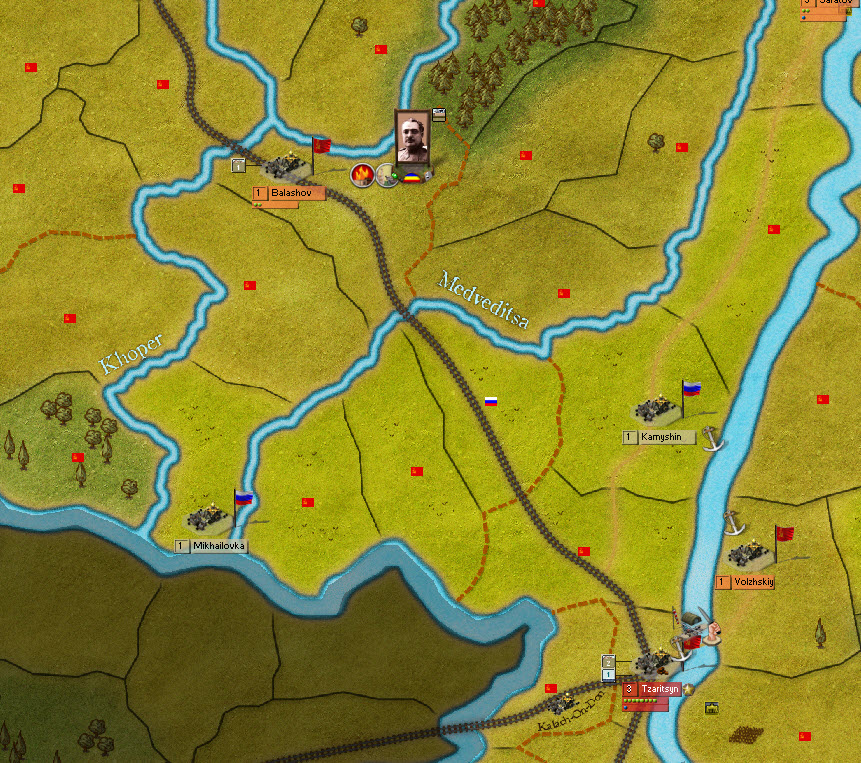
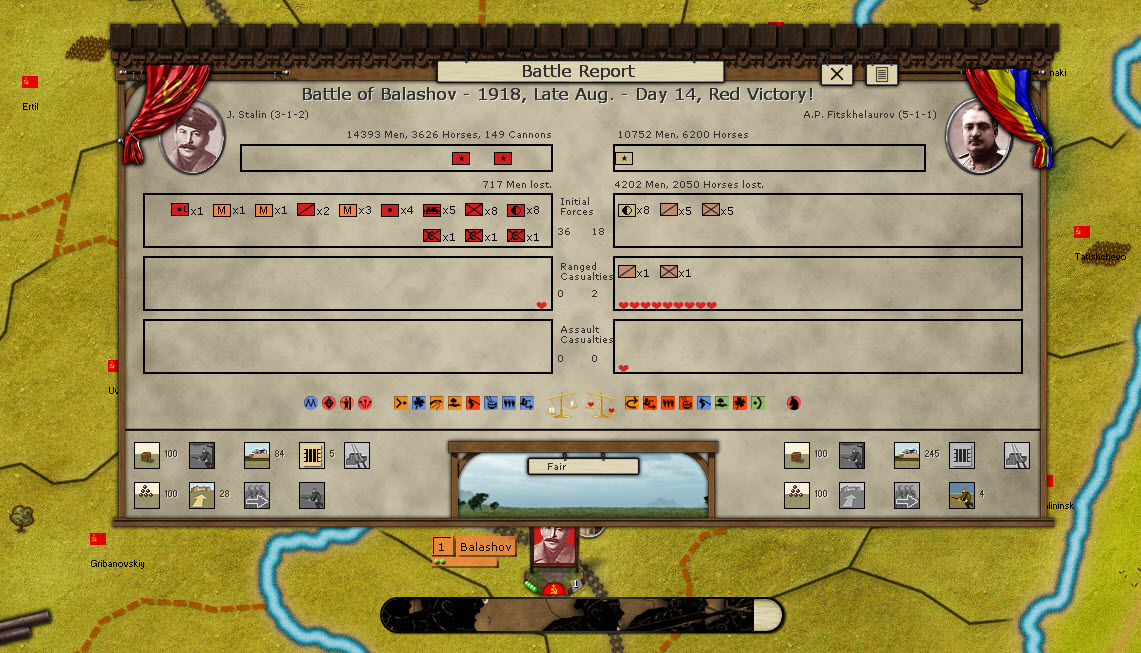
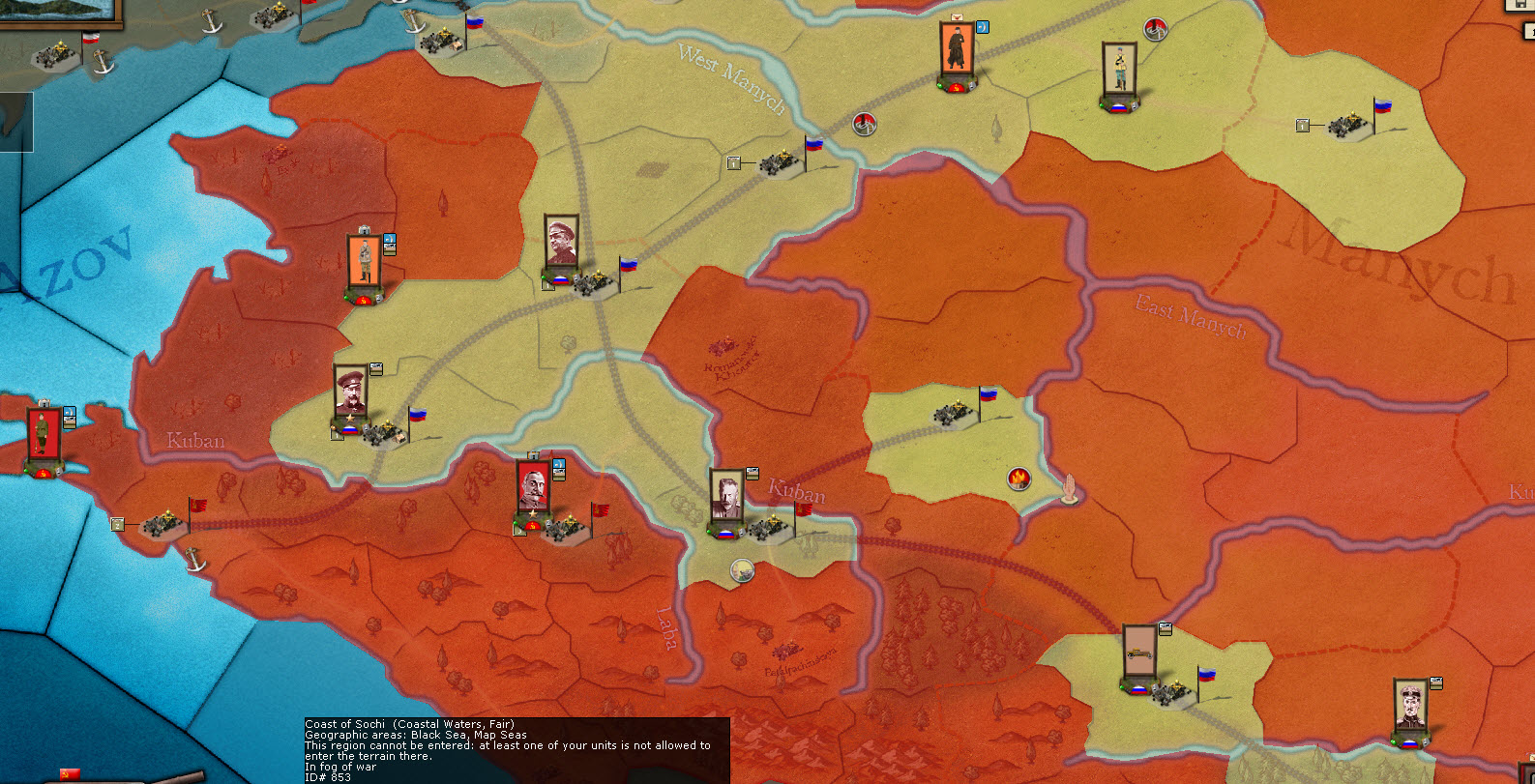
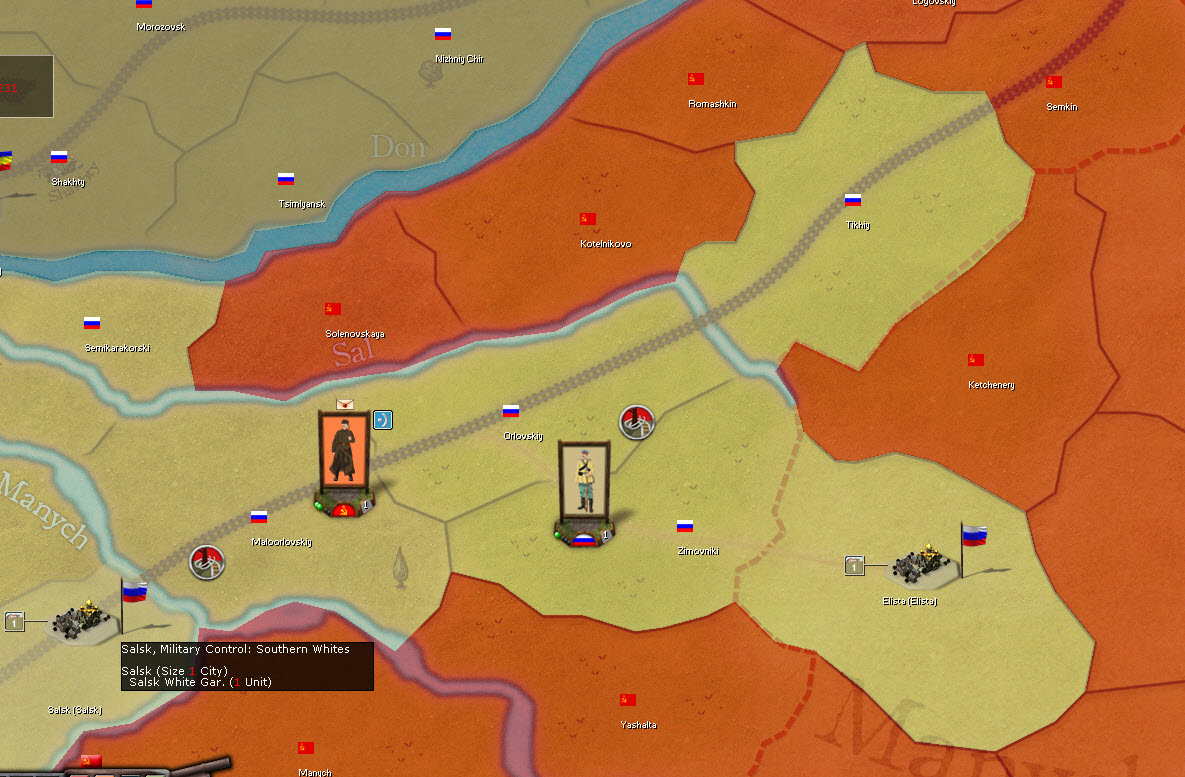
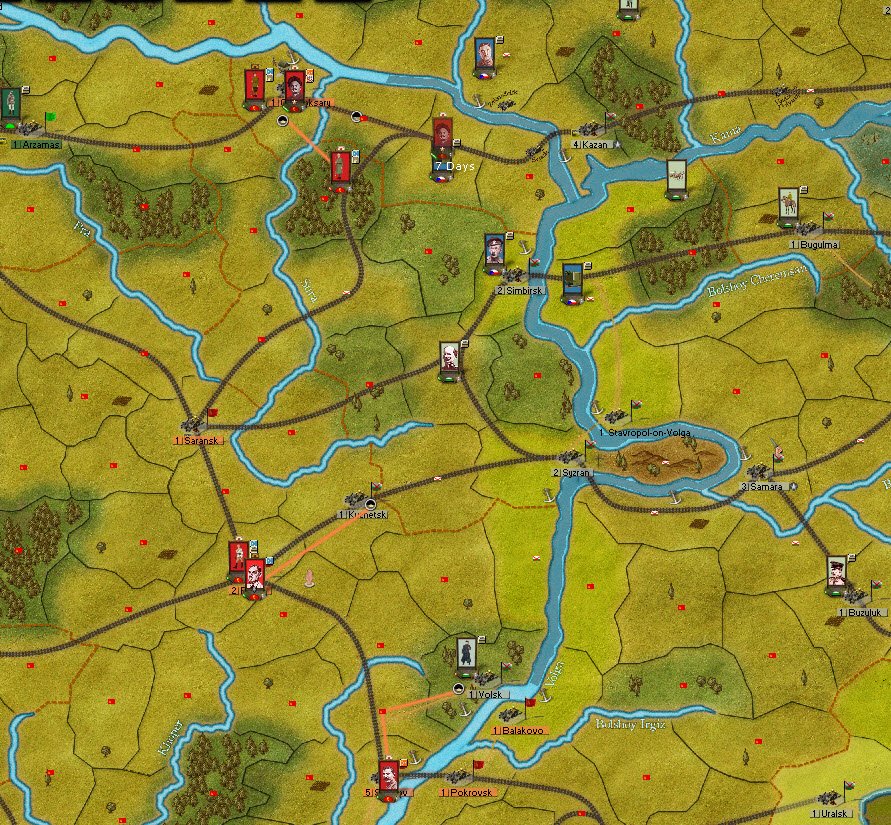
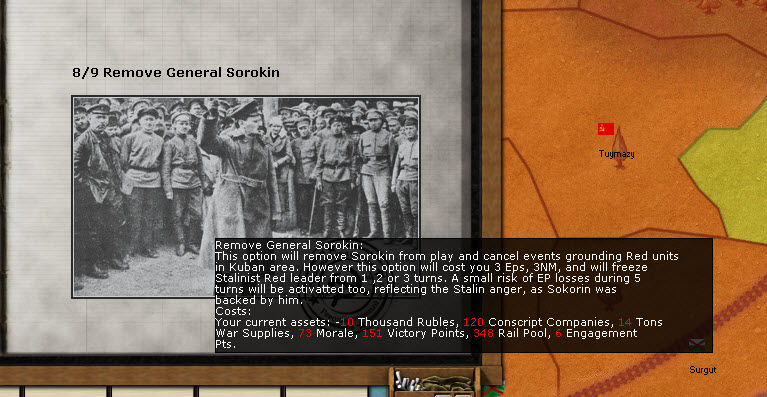
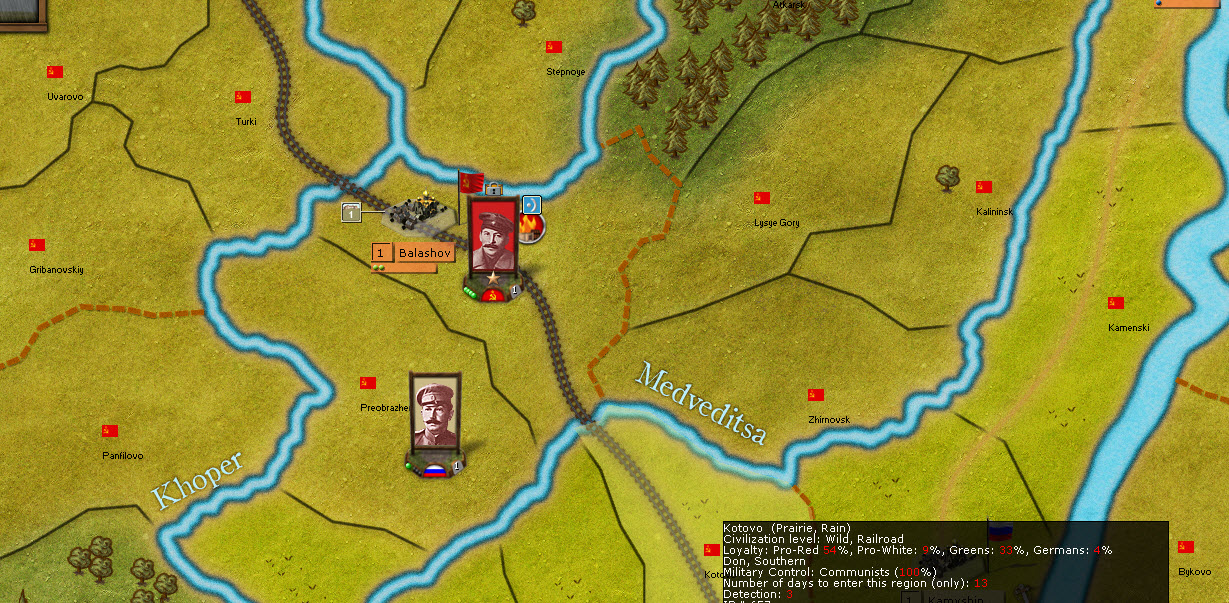
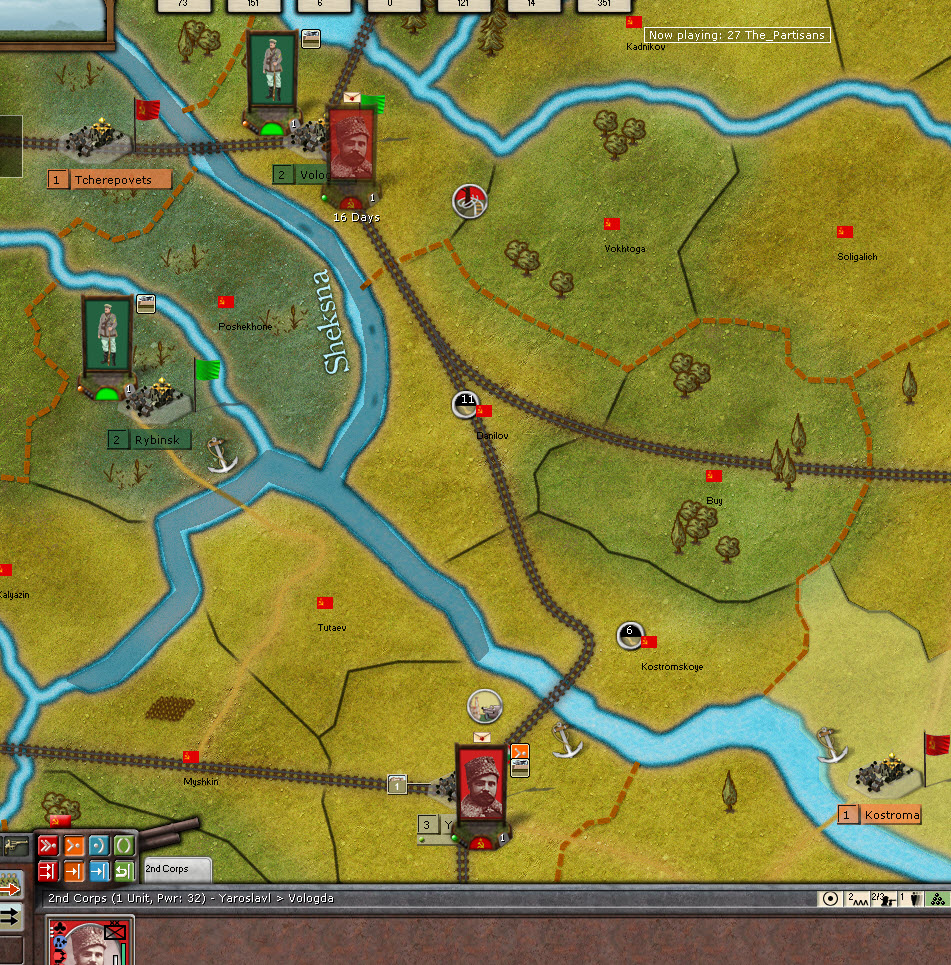
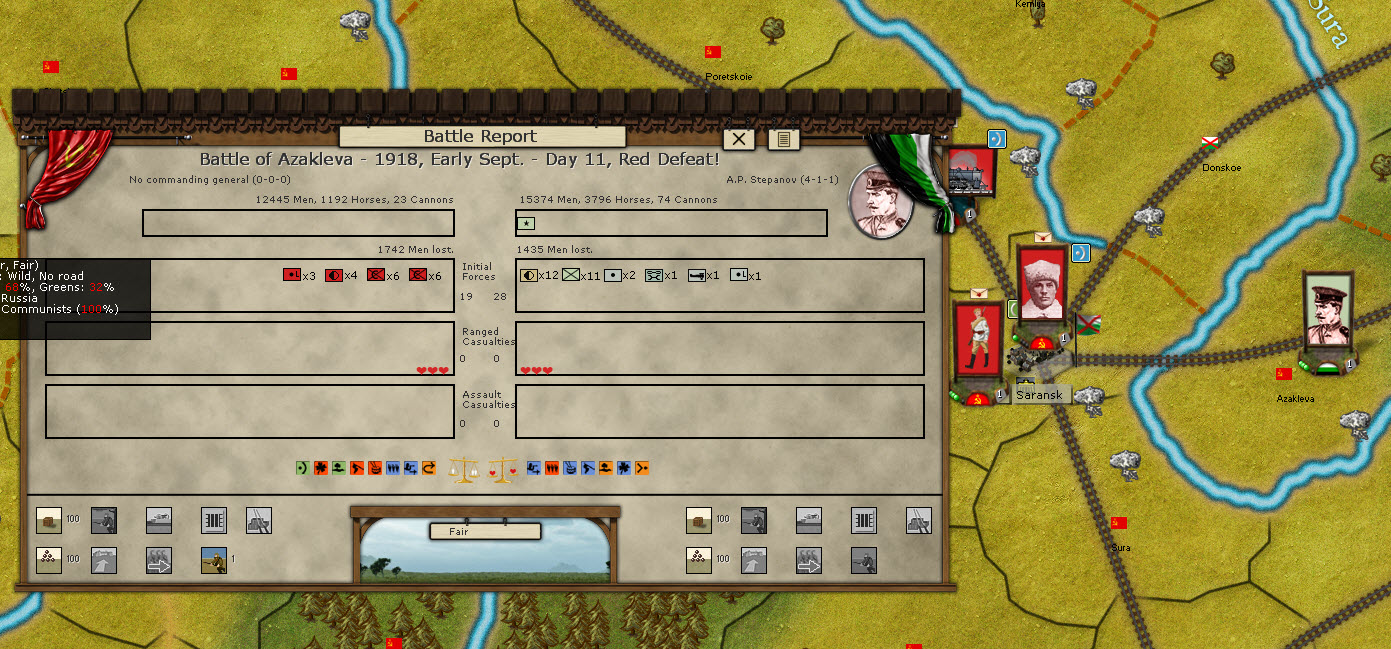

 New Messages
New Messages No New Messages
No New Messages Hot Topic w/ New Messages
Hot Topic w/ New Messages Hot Topic w/o New Messages
Hot Topic w/o New Messages Locked w/ New Messages
Locked w/ New Messages Locked w/o New Messages
Locked w/o New Messages Post New Thread
Post New Thread